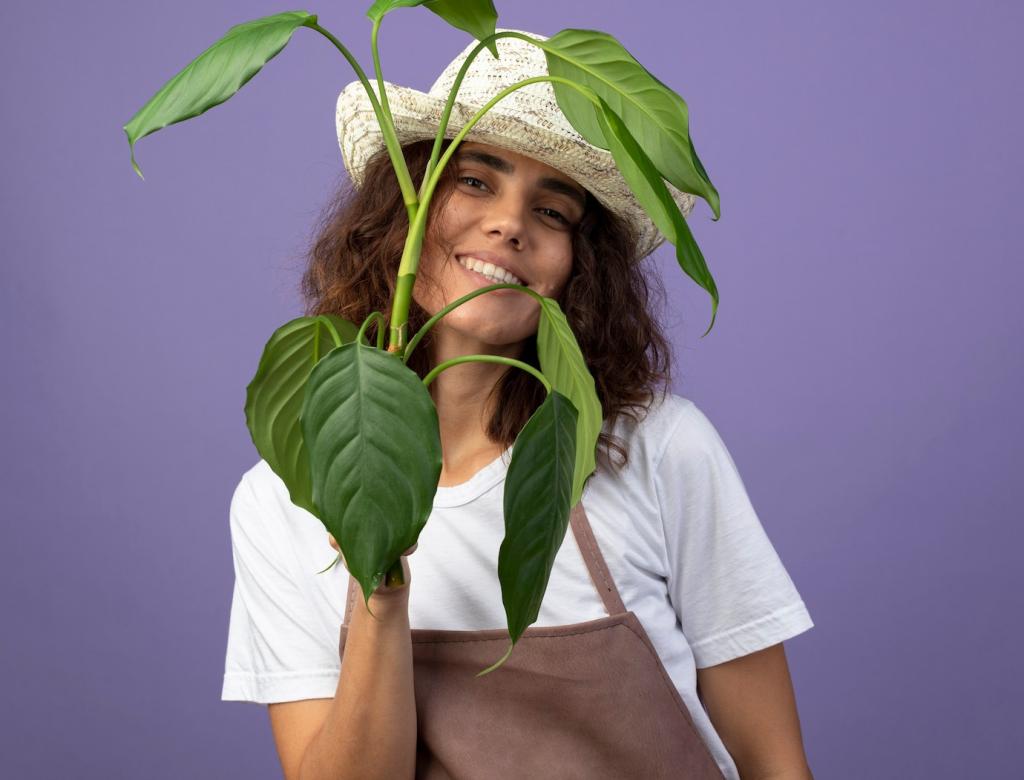In a rapidly changing industry, sustainable practices in fashion are no longer an option—they are essential. Collaborative initiatives serve as powerful catalysts in driving the green fashion movement. By uniting designers, suppliers, brands, and innovators, these partnerships unlock new possibilities to minimize environmental impact, promote ethical production, and redefine modern fashion values.

Cross-Border Designer Partnerships
When designers from different countries collaborate, they bring varied perspectives to sustainable fashion challenges. These partnerships often result in creative solutions that blend traditional craftsmanship with cutting-edge eco-friendly techniques. Cross-border collaborations may involve the co-design of collections using locally sourced and responsibly produced materials, which not only reduces carbon footprints but also respects cultural heritage. As designers learn from one another, they foster a sense of global responsibility that motivates entire cohorts to adopt ethical and sustainable practices.
Multi-Stakeholder Sustainability Forums
Conferences and forums that unite designers, brands, suppliers, policy makers, and NGOs are essential to shaping a viable sustainable future for fashion. These events provide a platform for sharing best practices and discussing the latest innovations in material sourcing, production methods, and recycling technologies. More importantly, they encourage the development of unified action plans that address the industry’s most pressing environmental and social concerns. The diversity of perspectives ensures that no aspect of the sustainability challenge is overlooked, while collective commitments drive real, scalable change.
Shared Resource Hubs and Eco-Fabric Libraries
Collaborative resource hubs and eco-fabric libraries have become invaluable to fashion designers intent on sustainable creation. These platforms offer access to certified green materials, detailed information on suppliers, and guidance on best practices for eco-friendly production. By reducing research time and establishing a trusted network of vendors, these shared spaces empower designers and small brands to make informed, sustainable choices—ultimately accelerating the integration of green practices into mainstream fashion.
Co-innovation in Eco-friendly Materials and Processes

Joint Research between Academia and Industry
Collaborations between academic researchers and fashion industry leaders are crucial in developing next-generation green textiles. Universities offer scientific expertise in biomaterials and fabric engineering, while industry partners provide practical experience in large-scale production. This synergy results in the creation of textiles that are not only biodegradable or recyclable but also meet the aesthetic and performance requirements of designers and consumers alike. These joint efforts pave the way for ultra-sustainable materials to reach the market more quickly and effectively.

Open-Source Sustainable Design Platforms
Open-source platforms dedicated to sustainable fashion are redefining knowledge sharing within the industry. By making design blueprints, sourcing information, and process innovations publicly available, these platforms encourage collective problem-solving around environmental issues. Designers can freely access and build upon sustainable patterns or eco-friendly dyeing techniques, reducing their environmental impact while fostering a spirit of inclusivity and transparency. Such collaboration accelerates the spread of green solutions far beyond the boundaries of individual studios or brands.

Industry-Driven Circular Fashion Pilots
The implementation of circular economy principles in fashion is an area where industry-driven collaborations shine. Pilot projects that involve brands, recyclers, and technology companies create closed-loop systems where garments are designed for longevity, reuse, and recycling. These initiatives often include controlled garment take-back schemes and innovative material-sorting technologies, leading to valuable insights for scaling sustainable production. As more stakeholders join these pilots, the industry moves closer to truly circular, waste-free fashion.
Empowering Communities and Artisans for Ethical Design
Designer-Artisan Co-creation Projects
Designer-artisan collaborations breathe new life into age-old textile techniques threatened by industrialization. By working hand-in-hand, designers and artisans co-create collections that tell powerful stories of sustainability and heritage. These partnerships ensure that profits are shared equitably, skills are preserved, and local economies thrive without sacrificing environmental integrity. The result is garments that embody unique cultural identities and champion ethical, responsible fashion to a global audience.

